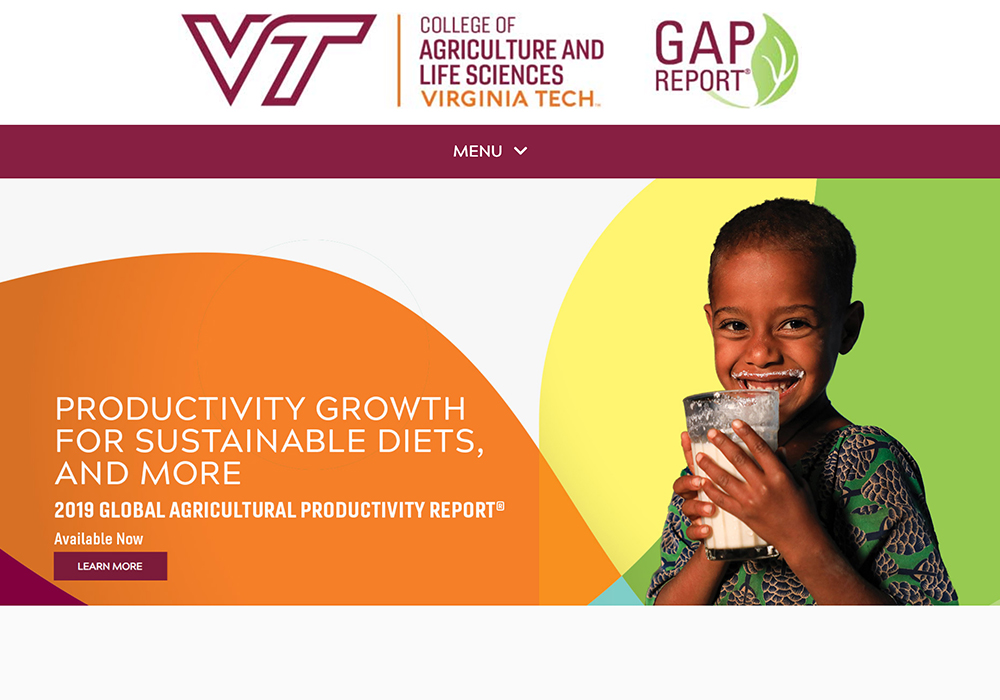Agriculture is struggling to keep up with the world’s burgeoning population.
That’s according to the 2019 Global Agricultural Productivity Report by Virginia Tech. It said the current annual productivity growth of 1.63 percent is less than the required 1.73 percent to sustainably produce food and agricultural products that will be needed by 10 billion people in 2050.
It highlights the importance of research into initiatives to increase yields.
Researchers at Northern Arizona University’s Pathogen and Microbiome Institute, working with scientists at Purdue University in Indiana, have been studying how bacterial and fungal communities in the soil affect crop growth. The focus was to test long-held beliefs about the relationship between plants to better define crop rotation schedules.
Read Also

Farming Smarter receives financial boost from Alberta government for potato research
Farming Smarter near Lethbridge got a boost to its research equipment, thanks to the Alberta government’s increase in funding for research associations.
Phylogenetics (the study of the evolutionary relationship between organisms) supports a traditional approach to rotate distantly related crops across different years to maximize plant yield. The commonly held belief is that crops that are closely related and rotated in adjacent years may be vulnerable to pathogens lying in wait since plants with similar genetics are at risk of the same diseases. However, that belief has not been directly tested, until now.
In year one of the study, Purdue scientists grew 36 crops and agricultural weeds that differed in their evolutionary distance from tomatoes. Tomato was chosen as the focal plant because it is a high-value crop.
The experimental plots ranged from tomato to eggplant (same genus but a different species), sweet peppers (same family but different genus and species), to corn, wheat and rye, which are distant relatives of the tomato.
In the second season, the researchers grew tomatoes on all the plots. In the plots where tomatoes had been grown in year one, there was a predictable lower yield. But in all the other plots in year two, there was no noticeable reduction in tomato yield.
“Conventional wisdom suggests that we should have seen a reduction in yield in other plots, which grew close relatives of tomato (Solanum lycopersicum) in year one, such as eggplant (Solanum melongena), tomatillo (Physalis philadelphica), or sweet pepper (Capsicum annuum),” said Greg Caporaso, assistant professor at the Department of Biological Sciences at NAU. “Eggplant is in the same genus as tomato, while tomatillo and sweet pepper are more distantly related, but in the same family. For the more distant relatives outside of the family Solanaceae (nightshades), it was not surprising that we didn’t see a drop in yield, but it was very surprising for close relatives.”
The news release stated that the fact that researchers could not detect any signature of relatedness on crop yield beyond the influence of monoculture (tomato after tomato) indicated there were other factors at play in designing crop rotation programs.
Caporaso said that when the same crop is planted in the following year, the pathogens already have become established in that location and may still be present in the soil. Most plant pathogens are plant specific and are specialized on a particular lineage consisting of one or a few closely related species.
However, the profile of the bacterial and fungal communities in the soil differs according to crop plant. Tomato plants have different communities than, say, corn. But factored into understanding their exposure should be other plants that have been grown in the same location in recent years as well as the soil chemistry and influences like sunlight, relative humidity, and pH.
“In our study, we observed a slightly stronger effect arising from the plot where each plant was grown which supports this idea that the host plant impacts the soil microbiome, but it doesn’t have full control over the composition of the soil microbiome,” said Caporaso.
He said that microbes are involved in nearly all aspects of the life of plants, from securing necessary resources to protecting against pathogens. Some plant-associated microbes make atmospheric nitrogen (N2) available to plants by using an enzyme that only microbes have.
Plant-associated fungi also secure minerals from the soil and effectively trade with plants for resources they need, such as carbon compounds resulting from plant pathways downstream of photosynthesis.
He added that by fostering these interactions, dependence on off-farm inputs such as nitrogen fertilizer can be reduced. For example, using no-till to avoid the disruption of microbial communities can allow for diverse communities of microbes to develop over years.
Supporting healthy microbial communities will increase soil organic matter, reduce water runoff, and ultimately reduce on-farm costs which, he said, is a win-win for farmers.
Caporaso’s long-term goal is to collaborate with organic farmers who practice regenerative agriculture techniques and maximize microbiome science to their advantage.
“Our improved abilities to profile communities of soil microbes and the increasing accessibility of these approaches can advance many aspects of regenerative agriculture,” he said.
He said microbiome science can help restore healthy soil communities and chemistry.
“After healthy soil microbial communities have been established, understanding which crop species require similar microbial symbionts may help us optimize crop rotation systems based on their microbial needs.”
He said that soil microbiomes are likely affected by climate. Understanding which microbes are in soils in different regions, and what their roles and resource requirements are, may clarify why approaches that work well in one area do not work well elsewhere.
The research was published in Evolutionary Applications.

















